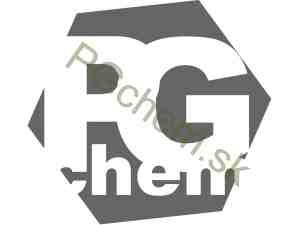Ammonium chloride, NH4Cl - ( 25 kg )
| Availability: | In stock | |
| Quantity: | x 1 ks | |
| Price with VAT: | 45,00 € ( 37,50 € without VAT ) | |
Name
Ammonium chloride , ammonium chloride , NH4Cl
Exploitation
Pyrotechnics, soldering. The candle, as depolarizátor in dry cells, fixative in photographs, for soldering to
remove the oxide layer on the metal surface
Ammonium chloride (NH4Cl) is a colorless, crystalline water-soluble substance (ammonium salt). Occurs in
nature as the mineral ammonium chloride. The easiest method for its preparation (used also priemyslene) is
the reaction of ammonia with hydrogen chloride: NH3 + HCl → NH4Cl
Ammonium chloride is, however, such action. alkali decomposes into ammonia, which escapes out of the
reaction mixture and the reaction is continuously shifted to the product and the alkali metal chloride. The
reaction is exothermic and the reaction was surging. Ammonium chloride is the starting material for the
production of other nitrogen compounds.
Source: Wikipedia
Information
Molecular formula (Hill) H4ClN
Chemical Formula: NH4Cl
HS Code: 2827 10 00
EC number (EINECS): 235-186-4
Molar mass: 53.49 g / mol
EC Index Number: 017-014-00-8
CAS Number: 12125-02-9
RTECS: BP4550000
Storage class: 10 to 13 Other liquids and solids
WGK: WGK 1 slightly water endangering
Specifications
technical purity
Properties
Auto-ignition temperature:> 400 ° C
Water solubility: 372 g / l (20 ° C)
Melting point / Melting range: 335 ° C (sublimed)
Molar mass: 53.49 g / mol
Density: 1.52 g/cm3 (20 ° C)
Sipná density: 500 kg/m3
PH: 4.5 - 5.5 (50 g / l H2O, 20 ° C)
Vapour pressure: 1.3 hPa (30 ° C)
Toxicological data
LD 50 oral (rat): 1440 mg / kg
UPOZORNENIE:

Signal word: Caution
H302: Harmful if swallowed.
H319: Causes severe eye irritation.
P305 + P351 + P338: IF IN EYES: A few minutes Rinse cautiously with water. If you wear contact lenses, if possible, remove them. Continue rinsing


